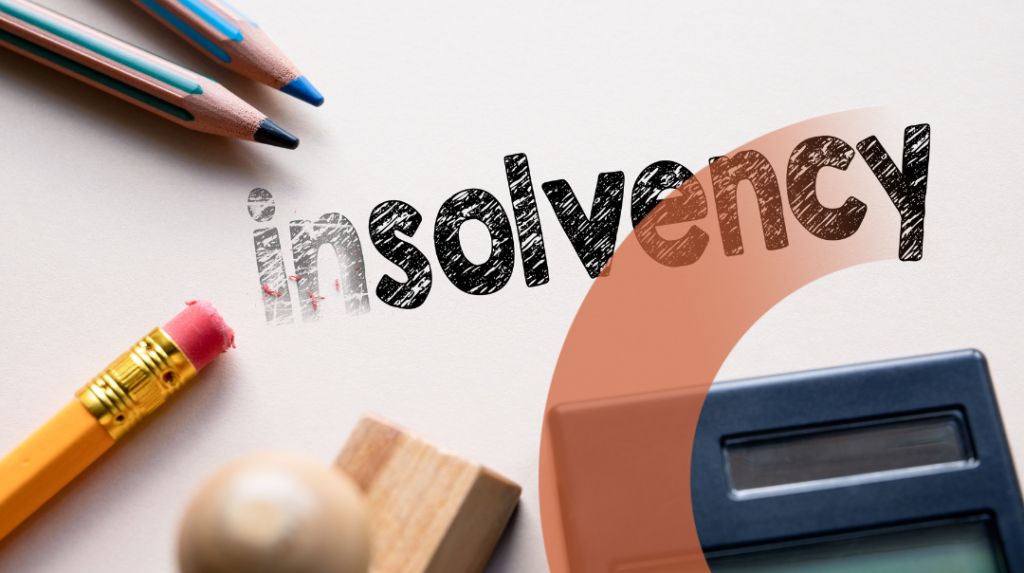Welcome to Cathro & Partners’ guide on bankruptcy. Before we delve into bankruptcy, let’s understand some key concepts. Insolvency occurs when an individual or business cannot meet their debt obligations. This guide will clarify terms like ‘debtor’, ‘creditor’, ‘bankruptcy trustee’, and ‘bankruptcy’ to help you navigate this complex area.
What is Bankruptcy?
Bankruptcy is a legal process under the Bankruptcy Act 1966, where an individual is declared unable to repay their debts. It allows individuals to start afresh by resolving their debt issues through a structured process managed by a bankruptcy trustee.
Comparison with Other Debt Solutions
Bankruptcy offers a definitive solution to severe financial difficulties, but it has significant consequences. It is often compared to other options like Debt Agreements and Personal Insolvency Agreements (PIAs), which may provide more flexibility and less severe impacts.
Why Consider Bankruptcy?
- Fresh Start: It offers a way to deal with debts comprehensively, providing relief from unmanageable financial obligations.
- Legal Protection: Once declared bankrupt, creditors generally cannot take further legal action against the debtor for unsecured debts.
How to Declare Bankruptcy: Key Steps
- Assess Financial Situation: Determine if bankruptcy is the best option based on the individual’s financial circumstances.
- File a Bankruptcy Petition: The individual can voluntarily declare bankruptcy, or a creditor can initiate the process through the courts.
- Bankruptcy Trustee Appointment: A trustee is appointed to manage the bankrupt estate, including selling assets and distributing proceeds to creditors.
Roles and Responsibilities in Bankruptcy
- Bankruptcy Trustee: Manages the process, oversees the sale of assets, and ensures legal compliance.
- Debtor: Must cooperate fully, provide accurate information, and comply with the trustee’s requests.
- Creditors: File claims and participate in the distribution of the bankrupt’s assets.
Benefits of Bankruptcy
- Debt Relief: Eliminates most unsecured debts.
- Structure and Finality: Provides a clear framework for resolving financial issues.
Risks and Limitations
- Impact on Credit Rating: A bankruptcy can remain on a credit report for several years, affecting future creditworthiness.
- Asset Loss: Certain assets may be sold to repay creditors.
- Employment Restrictions: Some professions may have restrictions on hiring bankrupt individuals.
Distribution of Repayment in Bankruptcy
- Trustee Fees: Covers the cost of administering the bankruptcy.
- Debt Repayment: Proceeds from asset sales are used to pay creditors.
- Residual Funds: Managed as per the agreement terms or returned to the debtor if all obligations are met.
Timeframe for Bankruptcy
The standard bankruptcy period is three years and one day, but it can be extended if the debtor fails to comply with obligations. The process duration may vary based on the complexity of the case and the speed of creditor claims.
Completion and Aftermath
Once the bankruptcy term is completed, the individual is released from most debts. It’s crucial to plan for financial recovery, including rebuilding credit and managing finances prudently.





